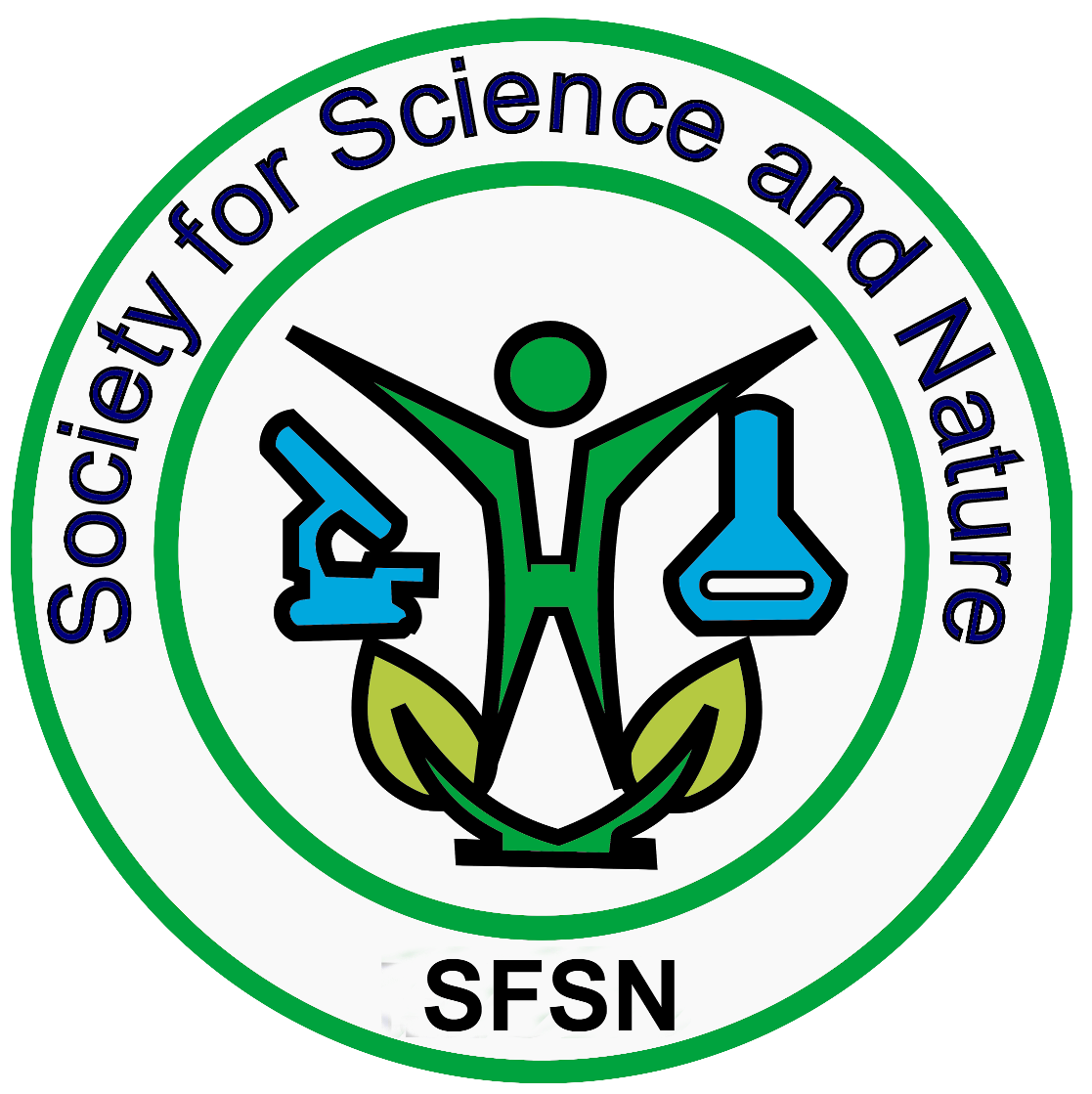Bacterial Bio-Agents: A Classical Biological Weapons Against Plant Disease Management
R. P. Singh1, Durga Prasad2 and S. K. Gangwar3
1Senior Scientist and Head, KVK, West Champaran-II (Dr RPCAU, Pusa, Samatipur, Bihar)
2Associate Professor-Plant Pathology, College of Agriculture, Baytu, Agriculture University, Jodhpur, Rajasthan
3Senior Scientist and Head, KVK, West Champaran-I (Dr RPCAU, Pusa, Samatipur, Bihar)
Download
Posted on November 15, 2020
Ensuring food and nutritional security to ever increasing population of the world is a prime concern, especially when factor productivity is declining, environmental pollution is increasing and natural resources are as always limited. The pathogenic microorganisms affecting plant health are major and chronic threats to sustainable food production and ecosystem stability worldwide. Currently, chemical based pesticides are thought to be an effective and reliable agricultural management measure for controlling the diseases. Chemical pesticides are highly effective and convenient to use but they are a potential threat for the environment and all kinds of life on earth. Further, those chemicals themselves are acting as selective agents, making the pathogens more resistant and help these pathogens to persist as they are slowly becoming resistant to these agents. Thus, there is a necessity to execute new methods which would supplement conventional strategies for plant disease management and are competent to minimize adverse effects of chemical pathocides on human health and the environments. Therefore, the use of biological control agents for the management of plant pathogens is considered as a safer and sustainable strategy for safe and profitable agricultural productivity.
The promising bacterial based pesticides of different strains of Pseudomonas fluorescens, Pseudomonas putida and Bacillus spp. are available for sustainable agriculture, which has been reported as a growth promoter and as antagonistic to a variety of pathogens in vitro and in greenhouse and field studies. The disease suppression by these bacterial based pesticides is the net result of multiple mechanisms, including plant growth promotion (PGP), antibiosis, competition for space and nutrients, lysis of pathogen and induced resistance i.e., SAR and ISR.
Keywords
Bacterial bioagents, Mode of action, Eco-friendly disease suppression
INTRODUCTION
Agriculture plays a vital role in a developing country of the world. It is one of the most important sectors for livelihood and nutritional security of the growing population and it also plays a role in improving economy of the country. In India, the green revolution introduced to enhanced agricultural technologies, in particular, the use of chemical pesticides to increase production and productivity of crop. However, over the years, the extensive and continuous use of pesticides and fertilizers has not only posed an imperative risk to human health and ecosystems but has also been calamitous for soil microorganism. Apart from this, production of agricultural crops is continuously getting vulnerable due to attack of pests such as insects, bacteria, fungi, nematodes, virus etc. Plant diseases are among the main constraints affecting the production and productivity of crops both in terms of quality and quantity. Crop losses are creating a major threat to the food production with about 27 to 42% loss in global food production attributed to plant disease caused by plant pathogens which otherwise would have been doubled if no disease management strategies are applied (Singh, 2014, Alizadeh et al., 2020). Different agricultural practices, such as the use of disease resistant varieties, seed treatment, crop rotation, cover crops, good seed bed preparation and weed management practices have been applied to control plant diseases. However, such practices are not always sufficient protection from crop losses. In recent times, diverse approaches are being used to manage and/or mitigate a variety of pathogens for control of plant diseases. The use of microbial pesticides is one of the best strategies available to combat the diseases in an eco-friendly manner. A variety of bacterial and fungal based biopesticides have been identified and developed but require effective adoption and further development of such agents. Moreover, consumers are becoming more and more concerned about pesticide-free safer foods which results in emergence of eco-friendly strategies for plant disease management.
Nowadays, several beneficial bacterial based biopesticides are widely used in agriculture at commercial level. Bacterial bioagents i.e., Pseudomanas fluorescens, Pseudomonas aureofaciens Pseudomonas chlororaphis, Pseudomonas putida, Bacillus subtilis, Bacillus cereus, B. pasteurii, B. pumilus, B. mycoides, B. sphaericus, B. amyloliquefaciens, Burkholderia cepacia, Streptomyces lydicus, Arthrobacter sp.and Agrobacterium radiobacter suppresses many plant pathogens on diverse hosts (table-1) and commercial bacterial bioagents with manufacturers are also listed in table-2. ................see moreFor Details Download PDF
REFERENCES
Papavizas, GC (1985). Trichoderma and Gliocladium: biology, ecology and potential for biocontrol. Ann. Rev. Phytopathol. 23: 23-54.
Persoon, C.H. (1794). Disposita methodica fungorum. Romer’s Neues Mag Bot. 1: 81–128.
Vinale, F., K. Sivasithamparam, L.E. Ghisalberti, R. Marra, L.S. Woo and M. Lorito. (2008). Trichoderma-plant-pathogen interactions. Soil. Biol. Biochem., 40: 1-10.
Weindling, R. (1934). Studies on lethal principle effective in the parasitic action of Trichoderma lignorum on Rhizoctinia solani and other soil fungi. Phytopathol., 24: 1153-1179
Note Society for Science and Nature(SFSN) do not hold any responsibility about the views, opinion and work of author(s) presented in the article published in SFSN
